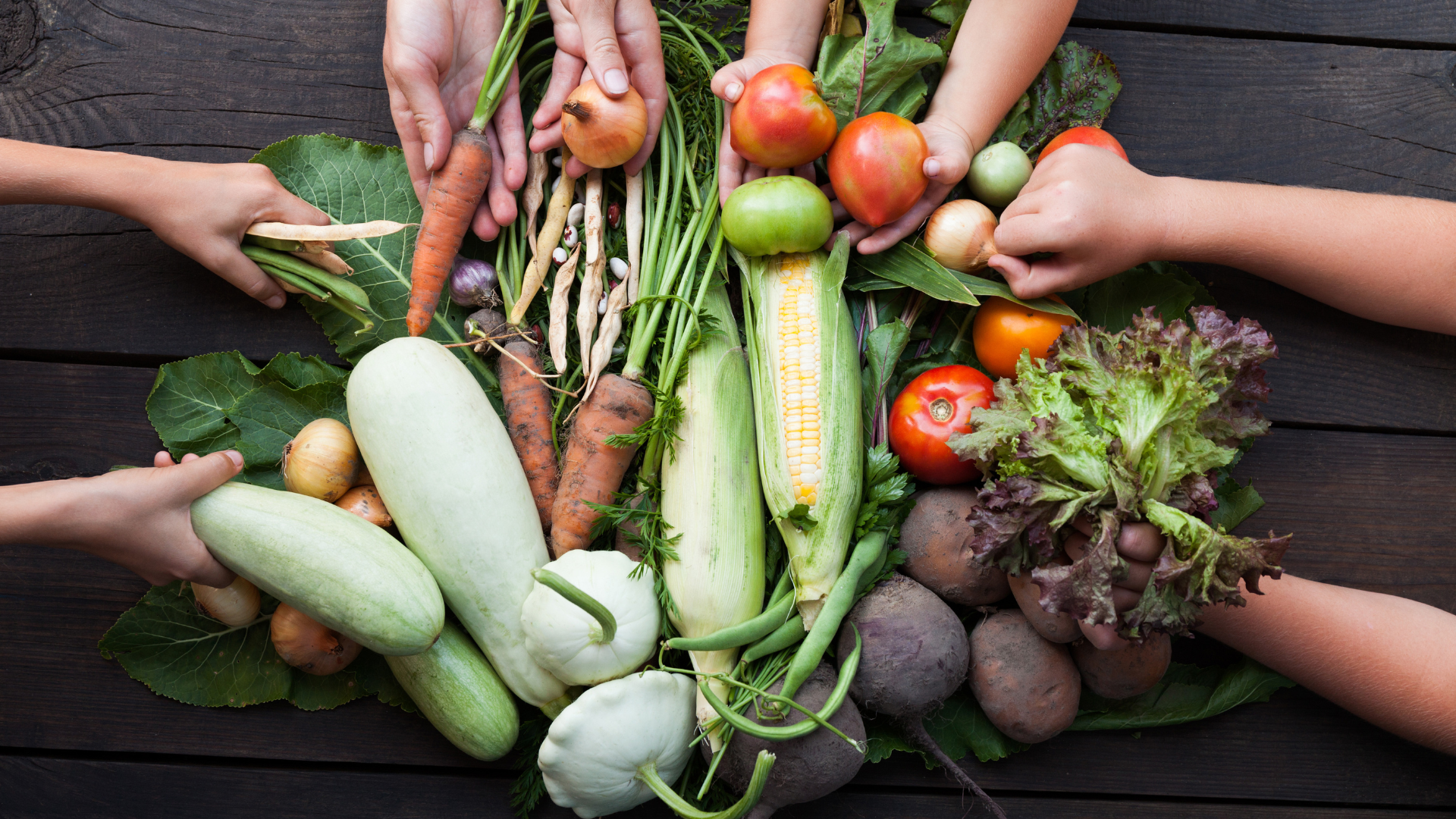You have probably heard of KPIs at one point or another, but you might be confused as to what they actually mean or how they can improve your business performance.
KPIs aren't just a stuffy technical concept from a business school textbook. Creating KPIs to use in your venue can be an excellent way to understand and enhance the success of your restaurant.
We've rounded up 17 of the most significant KPIs restaurant managers can use to boost their business.
What is a KPI?
A KPI is a key performance indicator. Key performance indicators provide metrics for a business to aim for. They are used to measure performance and progress.
There is no single KPI restaurant owner can use to understand the complete performance of their business. That's why you need to use a range of KPIs to track the success of your venue over time.
Why are restaurant KPIs important?
Restaurant KPIs are useful for your business for the following reasons:
- Understandable targets: A KPI allows your entire staff to better understand specific goals for your business and aim towards them.
- Track progress: Recording your KPIs over time is a useful way to understand how well your team is improving on a business-wide and individual level.
- Take stock: Your top-level KPIs are crucial for understanding how well your business is currently performing. They can distil massive spreadsheets of data into digestible metrics and simple numbers you can use to know how well your business is doing.
17 KPIs for your restaurant to monitor
1. Sales
If you aren't already closely monitoring your sales data, it is time to start. This simple KPI is the perfect place to begin if your business doesn't have a history of using them.
Sales simply refer to all revenue generated by the fundamental functions of your restaurant. It includes food, drinks, gift cards and more.
Historical sales data can be especially useful. It is difficult to know how well your business is really performing unless you can compare your level of success to the past.
Sales are an important KPI in their own right, but they also serve as a backbone for many other KPIs, such as your gross profit and break-even point.
2. Cost of goods sold
One of the most important KPIs for your business is the cost of goods sold. It refers to the money spent on drinks, food and any other revenue drivers for your business. Drink and food costs are hugely significant for the financial viability of your business.
Understanding CoGS provides a counterpoint to your sales. Your sales may be through the roof, but if your CoGS is too high, you might fail to turn a profit.
3. Food cost percentage
One particular area you may want to hone in on when it comes to CoGS is your food cost percentage. It can be calculated by dividing your total food costs by your total food sales.
As the backbone of any restaurant, it's worth being well-informed when it comes to the financial viability of food in your restaurant. A good, general target for food cost percentage is 25-35%.
4. Labour cost
One of the most significant costs restaurants face is labour. Keep a close eye on labour costs, as they can be one of the hidden killers for hospitality businesses.
Labour costs go well beyond wages. Depending on your jurisdiction, it may also include uniforms, taxes, superannuation, health insurance and more.
If you find your labour costs blowing out your budget, consider transitioning to a rotating roster for more efficient shift patterns.
5. Labour cost ratio
The labour cost ratio measures the labour costs of a business as a percentage of gross sales. To calculate labour cost ratio, divide your labour costs by gross profit and multiply it by 100.
According to some experts, the ideal labour cost ratio for the restaurant industry is between 20-35%. If you find your labour cost ratio significantly exceeding this mark, you need to find ways to bring it down.
6. Gross profit
To calculate gross profit, deduct the cost of goods sold from gross sales. It is a crucial KPI that determines the financial viability of a business.
Your restaurant's profit determines the return on investment, the ability to secure future investment and the overall sustainability of your business.
7. Gross profit margin
Gross profit is an important metric, but as a raw figure, it might be difficult to understand and contextualise. This is why gross profit margin is also highly relevant.
To calculate your gross profit margin, divide gross profit by revenue and multiply the result by 100. Ideally, your gross profit margin should be in the region of 70%. Falling behind this mark is a sign that you need to take steps to increase restaurant sales.
8. Net profit
Net profit is distinct from gross profit, as it involves deducting all business expenses from gross sales rather than only the cost of goods sold. This includes rent, labour costs, marketing expenses and more. It offers a more holistic view of the financial prosperity of your venue.
Comparing net profit and gross profit can be very insightful for your business. For example, a quick analysis of these two figures might illustrate that you are spending too much money on marketing.
9. Net profit margin
You can calculate your net profit margin by dividing net profit by revenue and multiplying the result by 100. Since net profit margin incorporates all expenses of your venue, it is a better overall metric of the financial success of your business.
10. Break-even point
Your break-even point determines where your total revenue equals total costs. Any stakeholder in your business will be very interested in this KPI, as it determines when they will begin to see a return on their investment.
A simple calculation for your break-even point is to take your total fixed costs and divide them by your gross profit margin. (Your fixed costs are the costs of your business that are unchanged regardless of peaks and troughs in activity. Examples of fixed costs include rent, wages and licensing fees.)
11. Prime cost
Your prime cost is one of the most significant KPIs for any business. It is a catch-all metric that encapsulates most of your restaurant's total variable costs.
Your prime cost is your cost of goods sold added to your labour costs. To contextualise your prime cost, divide it by your total sales. Ideally, the resulting figure should be somewhere between 55-60%.
While prime cost is a very useful metric, it is important to remember that it does not include your fixed costs, and therefore cannot be used as the sole metric for establishing your venue's pricing.
12. Number of guests served
This KPI tells you how many customers your venue served in a given period of time. It will also give you a sense of average table occupancy.
This metric provides insight into foot traffic and the performance of your front-of-house operations. This is one of the best metrics you can show to your team and set targets for improvement.
This metric is difficult to track without assistance. ResDiary integrates table management and point-of-sale systems, making it much easier to keep an eye on KPIs like this.
13. Number of guests served per server
To help clarify the number of guests served metric, divide it by the number of servers who worked during that period. The resulting figure, based on a per-person average, may indicate that your staff are completely overwhelmed, or that some staff members need to improve their work.
For seated dinners, it is recommended to have a minimum of 1 server for every 2 tables, though this figure varies from venue to venue.
14. Employee turnover rate
Employee turnover rate is a crucial KPI. Not only is it a problem in itself, but it is also likely to be a symptom of wider issues in your restaurant.
You can calculate your employee turnover rate by dividing the number of outgoing employees by your average number of employees, or the number of employees it takes to staff your restaurant fully.
Traditional wisdom puts a healthy turnover rate at around 10%. If your employee turnover rate is exceedingly high, it might be time to look in the mirror and probe your company culture and other issues that might be seeing your staff walk out the door.
15. Customer retention rate
Customer retention rate refers to the percentage of customers who return for repeat visits. It is a key indicator of customer satisfaction and your ability to capitalise on repeat business.
The first step to calculating the customer retention rate is to find a way to mark repeat visits from customers. Then, you simply divide that number by the number of total guests served within a given time frame.
You can improve customer retention rates with loyalty programs or by leveraging email marketing. Above all, strive to deliver a brilliant dining experience to each and every guest.
16. Online reviews
This isn't the most traditional restaurant KPI, but in the modern age, you need to keep an eye on your online reviews. A whopping 98% of people read online reviews at least "occasionally".
Check out all the major online review sites for restaurants such as Google, Yelp! and TripAdvisor. Track the total number of reviews – which can be very insightful if analysed historically – and the average review score.
If you're making an effort to improve customer service and the overall dining experience in your venue, you will hopefully see these metrics improve over time.
17. Food waste
Food waste is a major social issue, as well as an unnecessary cost for your business. Food wasted is money lost.
A report published by the European Commission suggests using plate waste generated per kilogram of served food as a KPI. This metric may be used to indicate that your portion sizes are too large.
Food waste can also occur because inventory is not properly utilised. If you track unused inventory that is thrown out, you can divide this figure by your total food purchased to give you another KPI for food wastage.
Boost your restaurant's success with ResDiary
Comprehensive tracking and target-setting using KPIs is one of the most important steps you can take for increasing the overall success of your business.
ResDiary has the software you need for comprehensive and accurate KPI tracking. From reservation maintenance to EPOS integrations with inventory management, we will help streamline your data collection and overall business operations.
When it comes time to meet the targets you've set, ResDiary also enables you to manage events and promote your venue to improve foot traffic and sales. Book a personalised demo today and discover all the ways we can boost your restaurant business.



